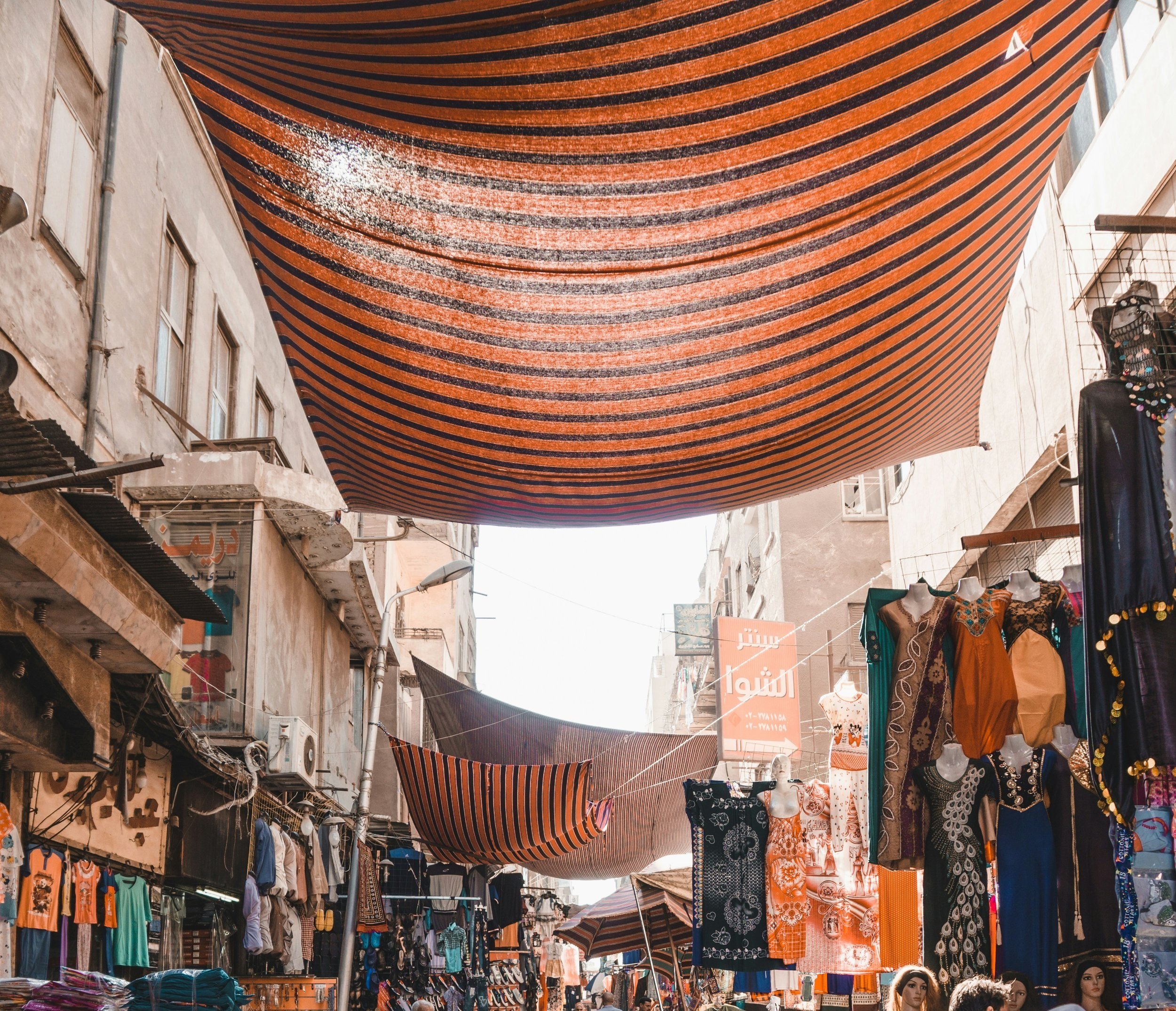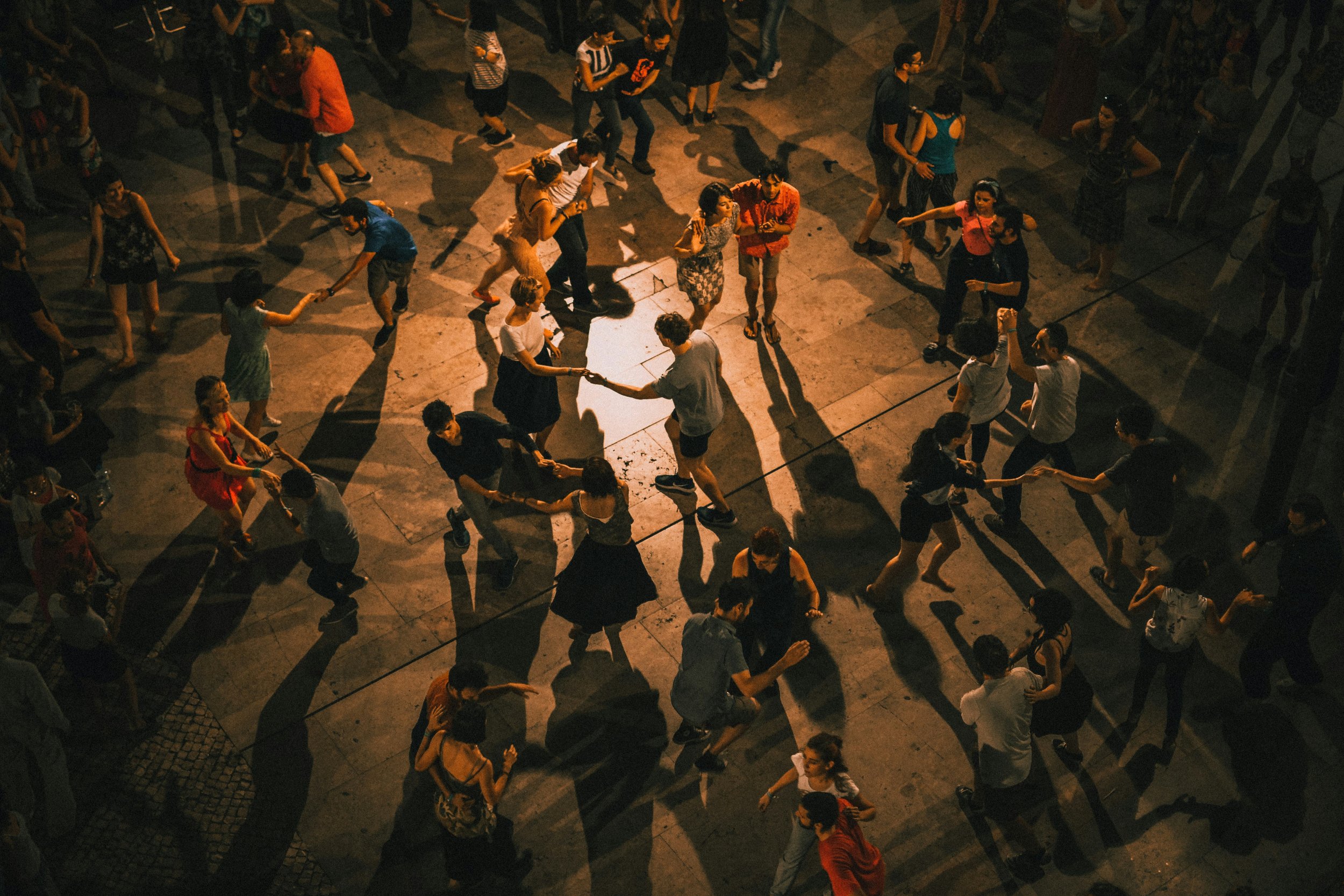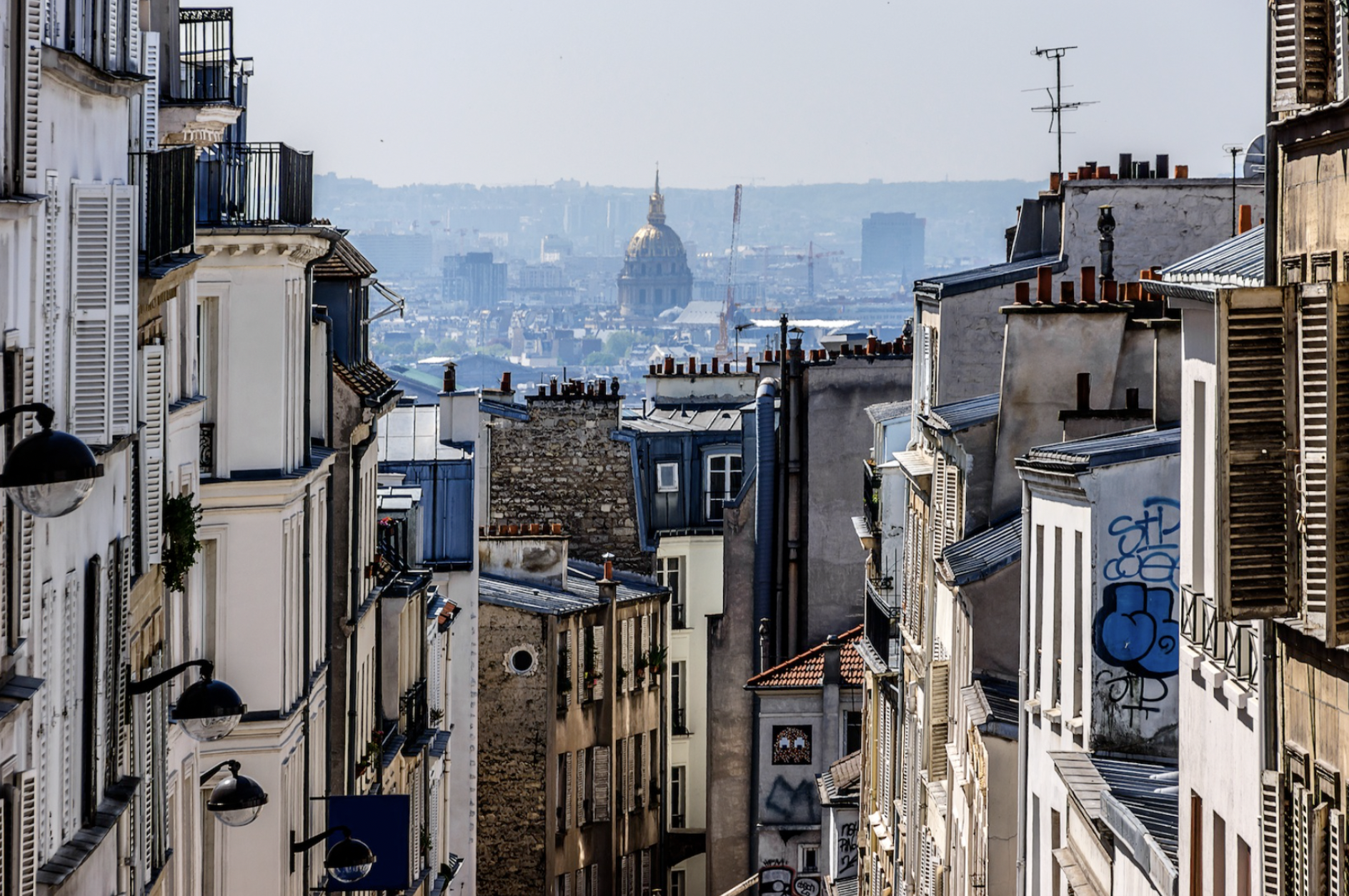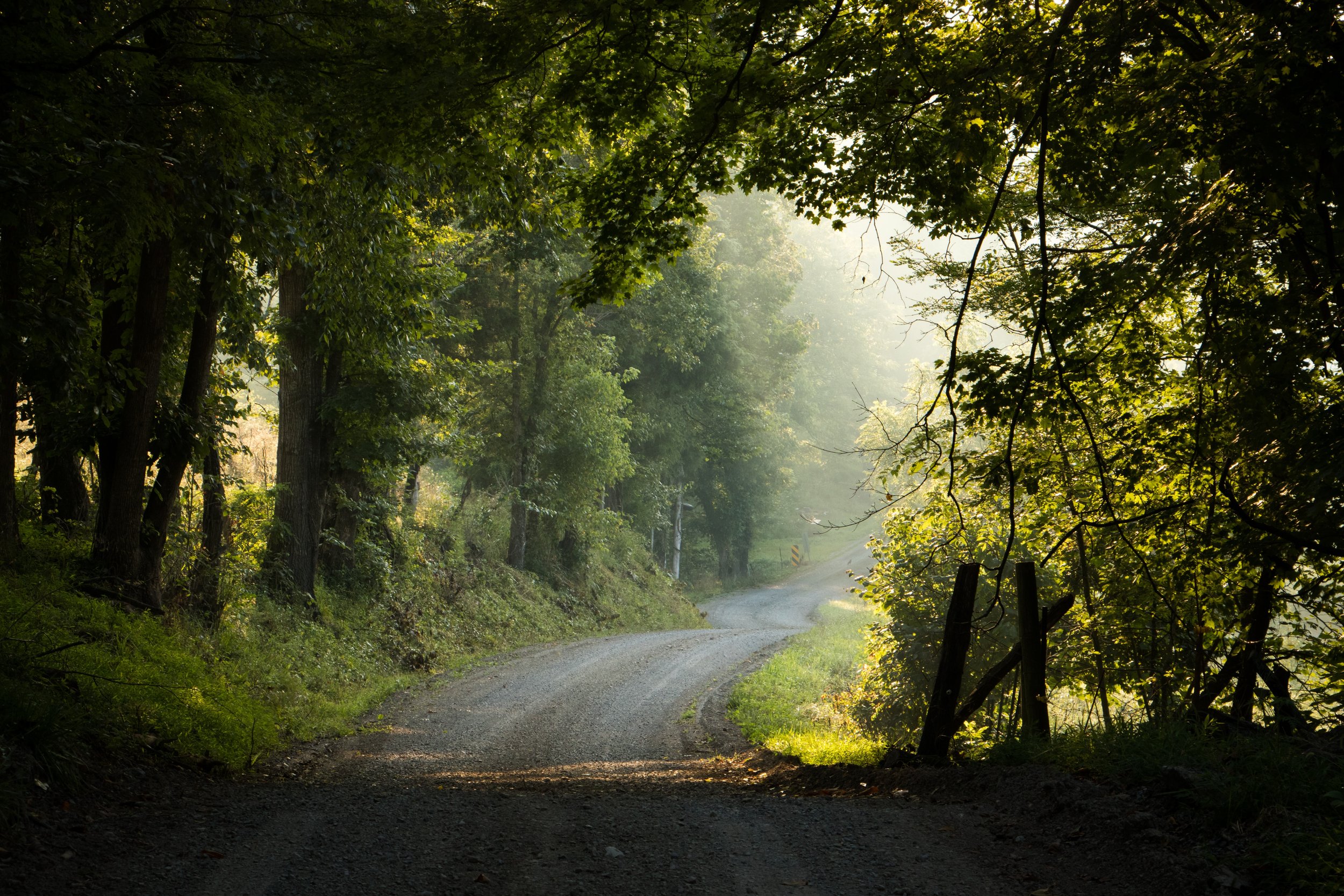A Mouthful of Sadness: Listening to Vinícius in Bahia

To make a beautiful samba
You need a mouthful of sadness
—Vinícius de Moraes
*
High above the Bay of All Saints throbs the heart of Bahia: Largo do Pelourinho. In the square, Baianas—many dressed in white and adorned with colorful earrings and beaded necklaces—prepare and sell acarajé, fritters of black-eyed peas fried in dendê oil. On one end, the Museu Afro-Brasileiro celebrates Bahia’s Afro-Brazilian heritage with its wooden carvings of orixas, the divinities worshiped by the followers of Candomblé; across the square, opulent St. Francis’s Church exhibits gold statues of saints in ecstasy.
I wander down a cobblestoned street lined with narrow houses and hear “Berimbau,” a song by Vinícius de Moraes, drifting out from a music store with a pink facade. The young woman who owns the store brings out vinyl albums of samba and bossa nova greats—João Gilberto, Caetano Veloso, Gilberto Gil, Toquinho, Antônio Carlos Jobim, and of course, Vinícius. After over an hour of listening to the music we both love, she asks: “How did you learn so much about samba?”
I confess: “It began with Vinícius and his ‘Samba da Bênção.’”
She smiles and puts on the record. “Samba of Blessing” is sensual and joyous, its syncopated rhythm punctuated by Vinícius’s cry, “Saravá!”, a greeting used in Umbanda religious ceremonies to greet a divine being. In this song, Vinícius uses it to bless and greet his friends and fellow musicians—all those who made samba what she is.
When I step out of the record store into the blinding sun, I tremble and hold onto the wall. It hits me: I’ve just been listening to Vinícius in Bahia. I made it here. Finally.
*
Some years ago, before becoming a teacher of literature and writing, I collected samba records and worked as a deejay for a public radio station. I had two shows: one about blues and jazz, the other about samba and bossa nova. Like the blues, samba is resistance music—the kind that seizes you by the throat and won’t let go—especially with its strong connection to Carnaval, the yearly festival that celebrates and reclaims Afro-Brazilian culture and its emphasis on percussion. Bossa nova, which means “new wave,” is an offshoot of samba that developed in Rio de Janeiro in the late 1950s and early 60s, and is known for its quiet percussion, whispery singing, and sophisticated harmonies that merge samba and cool jazz. Vinícius de Moraes was one of its pioneers. His collaboration with Antônio Carlos Jobim resulted in many classic songs that defined bossa nova, including “The Girl from Ipanema,” “Agua de Beber,” “A Felicidade,” and the song called “Samba da Bênção.”
*
“Even that long-ago day in a darkened theater—the first time I heard samba—I knew there was no first time.”
The first time I hear “Samba da Benção,” I am a teenager in a dark movie theater in Pennsylvania, where A Man and a Woman is playing. I often play hooky from school to attend matinees at this small theater that screens foreign films. It’s one of the few places where, since my family and I had immigrated from Morocco, I don’t feel like a trespasser or an imposter trying to pass as a “real American.”
A Man and a Woman, the classic French film by Claude Lelouch, tells the story of a woman who struggles to accept a new lover as she’s unable to shake the memories of her late husband, played by Pierre Barouh. Pierre is a tough act to follow, especially when he brings out his guitar and sings “Samba da Bênção.”
“She came from Bahia, from centuries of dancing and sorrow…”
Even that long-ago day in a darkened theater—the first time I heard samba—I knew there was no first time. My ears recognized the whispered words, my mouth tasted the sadness behind the joy, and my feet moved to the rhythm. Portuguese and French are both gendered languages, and I find it curious that in Portuguese the word “samba” is masculine, while in French—my first language—“la samba” is feminine. But when Pierre sings as he climbs the stairs behind the woman he loves, her hips swaying, there’s no doubt that he is singing an ode to the female soul of samba. And that samba sang to me—a girl born in North Africa, a Sephardic Jew with green eyes and olive skin who came from centuries of dancing and sorrow.
*
Near the beach of Itapuã, a neighborhood of Salvador, there is a bronze statue of Vinícius—potbellied, seated at a café table, an empty chair waiting. Known as O Poetinha, the Little Poet, Vinícius lived passionately: he married nine times and loved his whiskey. He died in his beloved Rio in 1980, but I feel his presence most strongly in Bahia. Here is where he collaborated with guitarists Baden Powell and Toquinho, where he fell passionately in love with the Bahian actress Gessy Gesse, and where he wrote his most deeply personal and innovative work. His presence enhanced the cultural scene of Salvador, and today, the house he and Gessy shared holds a memorial to Vinícius, including his typewriter and guitar.
In Itapuã, time moves differently. In “Tarde em Itapuã,” Vinícius captures the timelessness of a sunny afternoon in a sleepy beach town. As I near the lighthouse of Itapuã, where Vinícius once walked, I picture how it must have been in the seventies—a mecca for musicians, artists, and hippies that provided a “serene space…without yesterday and without tomorrow,” a place where it is always now.
I sit across the table from the statue of the Little Poet. A constant seeker, he said of himself: “I am a labyrinth in search of a way out.” I want to ask him why his music moved me so deeply in that dark theater, why I’d felt saudade for a country I’d never seen, why I, too, feel I am a labyrinth in search of a way out. But the answer is in the questions. Sitting under the sun with Vinícius, I feel as if I’ve come home.
*
My mother is a born storyteller with an astounding memory. On long winter nights, she told me tales of the faraway land where I was born, a land that had begun to seem half-mythic. She recounted stories of her family’s past in Spain during the Inquisition, when they escaped across the Strait of Gibraltar to Morocco. My grandfather, the fiery dreamer Saadia Cohen, wrote poetry and played the oud, that mournful desert guitar, in the first Jewish-Muslim orchestra in Morocco. A brass key hung in my grandfather’s house in Safi, a key that he insisted would unlock the door of our ancestors’ house in Spain. When he died, the key mysteriously disappeared.
My mother also told me about the branch of my family who felt threatened as Jews in Morocco and left their homes in Safi and Casablanca. They sailed to Brazil and settled in Pará, a state in the northeast known for trading, where they married, worked, and made their lives. After a few generations, most returned to Morocco, including one of my mother’s uncles, who brought back a brilliant, beautiful wife named Estrella. She had studied medicine in Brazil and often carried a large medical book with her. Sadly, by the time my mother was a child and met her, Estrella had gone mad. My mother was haunted by the image of the tall, gaunt woman with waist-length graying-black hair. She remembered Estrella standing on the street singing passages in Portuguese from her medical book as if the cure to her mysterious sickness was in the melody and words. The lyrics may have been taken from her medical book, but I’m certain the melody was samba. Music speaks to us in a language beyond words. I wonder if the reason I was so moved by samba is that I pictured the tragic Estrella singing to recapture her past. I remember my mother in the kitchen making couscous and dancing to the music that recaptured her past: the songs of Enrico Macias, an Algerian singer and guitarist who became the bard for displaced Moroccan, Tunisian, and Algerian Jews, his songs evoking the sun-drenched lands they’d left.
Years later, as a university student in Denver, I came across a record album, Os Afro-Sambas, by Vinícius. I bought it and listened in my tiny apartment. Vinícius and the guitarist Baden Powell had researched Bahian folklore and religion and composed songs that merged bossa nova’s lyrical and rhythmic elements with incantations to orixas. From the opening notes to “Canto de Ossanha,” I was transfixed. Released in 1966, at a time when the Brazilian government suppressed expressions of Candomblé, the album helped spread Afro-Brazilian music and culture not only in Brazil but throughout the world. The songs are not part of a religious ritual, but they are devotional, inspired and inspiring, and have been compared to spirituals and gospel.
Looking out my window at the snow-capped Rocky Mountains, listening to these songs, I saw Estrella singing on the street, my mother dancing in the kitchen, Pierre Barouh strumming onscreen, and realized I was dancing and moaning along to the lyrics. I felt the same sharp longing, love, and pain I’d felt that day in the theater. Saudade: the happiness that has passed or perhaps never existed; nostalgia for the home you left behind; pain at the loss of yesterday; a yearning for what can never be recaptured. Vinícius has written about it in songs like “Chega de Saudade”: “Every day while I am far away, my thoughts turn homeward, forever homeward.”
I promised myself that one day I’d make it to Bahia, the place where samba was born and flourished, and hear his cry for myself: Saravá!
*
“We sit outside under a blazing moon and listen to hard-driving samba blast from inside. We drink caipirinhas and toast fellowship and friendship, and I learn that Claudio’s grandfather was a Jew who emigrated to Brazil from Fez, Morocco.”
And I do hear it, again and again, reverberating in each of my Bahia encounters. The capoeira dancer at the Balé Folclórico da Bahia who leaps from the stage and perches on the arm of my chair. Saravá!
The cab driver on the isle of Itaparica with cropped black hair and a diamond nose stud, who weaves in and out of traffic, lets people in when they don’t have enough money, and when the backseat is crammed, moves me in front next to her. Saravá!
The orange-purple sunset over the Bay of All Saints, where I imagine Yemanja, goddess of the sea, emerging in a bustle-hoop skirt, her headdress and armbands encrusted with seashells, her hands filled with squirming fish. Saravá!
On my last night in Salvador, with the help of a Brazilian guide, three friends and I attend a ceremony at Ilê Axé Opô Afonjá, the most important Candomblé house in Salvador. We are told to wear white or light colors in honor of the gods. For hours, we watch dancers move in a large circle to the relentless, hypnotic pounding of percussionists. The drums don’t simply punctuate the rhythm; they drive the beat and form the foundation of the entire ceremony.
Tonight, they are honoring Oxóssi, the orixa of hunting, forests, animals, and abundance. The columns are painted with birds and draped with bright-colored flags. Bare feet brush leaves strewn on the ground. The dancers who invoke Oxóssi dress in earth colors and hold out their hands as if they are aiming a bow and arrow, index finger cocked. Oxóssi is an orixa of contemplation, a lover of beauty and art. With a start, I remember that Vinícius has been called “the son of Oxóssi,” one who gifted the world with his art, music, and poetry, and as I watch the dancers, I hear him bestowing his blessing—Saravá!—on his friends and companions.
I had invited our driver, Claudio, to join us after the ceremony. After we leave, we have a drink with him and his wife at a samba club. We sit outside under a blazing moon and listen to hard-driving samba blast from inside. We drink caipirinhas and toast fellowship and friendship, and I learn that Claudio’s grandfather was a Jew who emigrated to Brazil from Fez, Morocco. He moved to the state of Pará, the same town as my ancestors, where he married a Brazilian woman and converted to Christianity. Today, Claudio’s eighteen-year-old son wants to convert back to Judaism and return to Morocco to discover his roots.
At the table, everyone drinks to Claudio and me, our shrinking world, and the magic of connections. “Primos,” Claudio tells me. “Cousins,” I agree, and we hug. I see the girl in the movie theater, tears covering her cheeks as she remembers a song she’s never heard. My mother told me the ending to Estrella’s story: how a nephew took the heartbroken woman home, to Brazil, how she died there, finally reunited with her land. “A great samba,” said Vinícius, “is a form of prayer.”
ABOUT THE AUTHOR
Ruth Knafo Setton is the author of the novel, The Road to Fez. A multi-genre writer, her fiction, creative nonfiction, and poetry have appeared in many journals and anthologies. She has received awards and fellowships from the National Endowment of the Arts, the Daphne du Maurier Foundation, Cutthroat, Austin Writers’ Conference, and Writer’s Digest. She has sailed around the world three times while teaching travel writing to university students on Semester at Sea. Currently, she’s teaching creative writing at Lehigh University and working on a novel.
Read Ruth’s “Behind the Essay” interview in our newsletter.
Header photo by Marianna Smiley.
Edited by Aube Rey Lescure.










At the end of August 2023, I flew to Indianapolis where my friend, the artist Kate Parnell, picked me up in her mom’s silver Hyundai Sonata of late-90s vintage. It maxed out at 62 mph. Above the license plate, Kate had stuck a bumper sticker that read “Garfield from Memory,” the name of a four-year art project that had become her full-time job. The tagline: “The great thing about painting Garfield from memory is no one can tell you you’re wrong.”